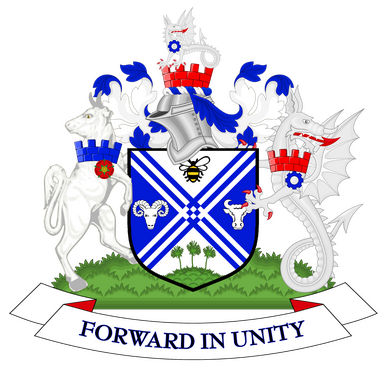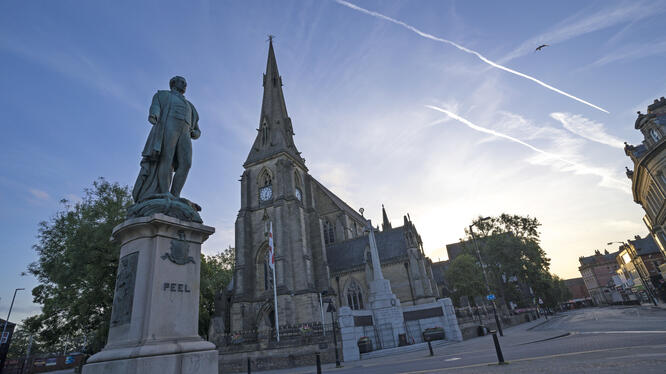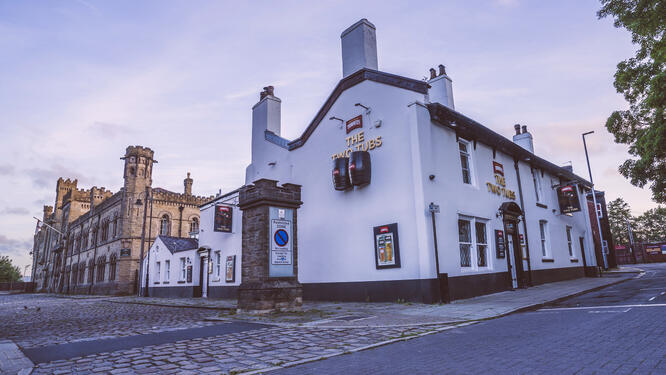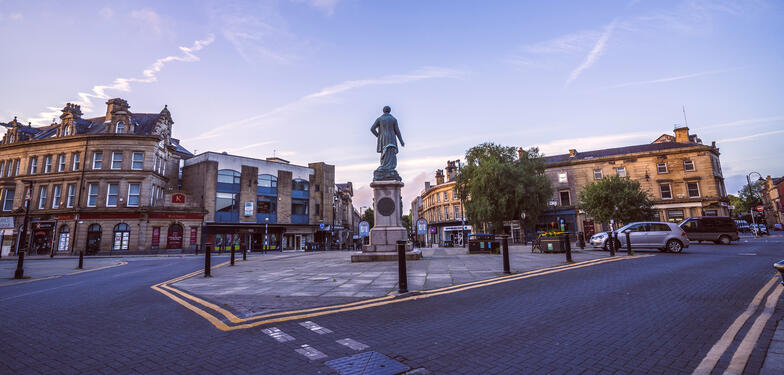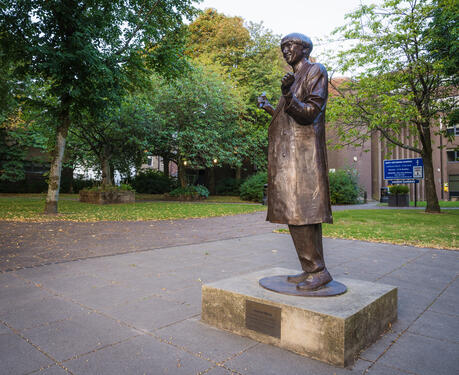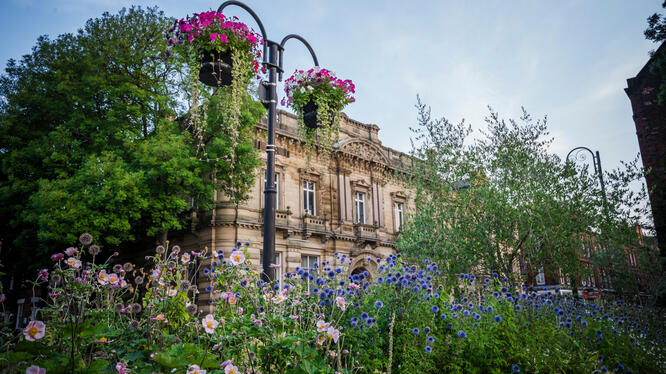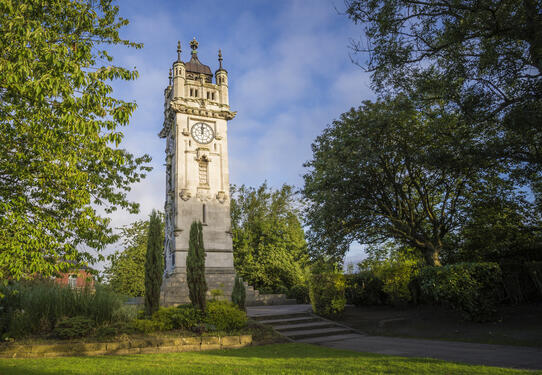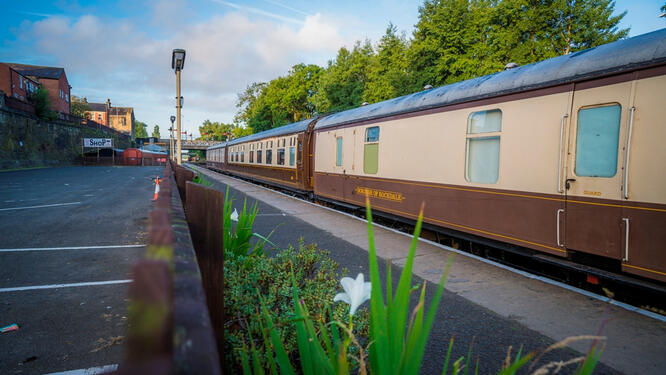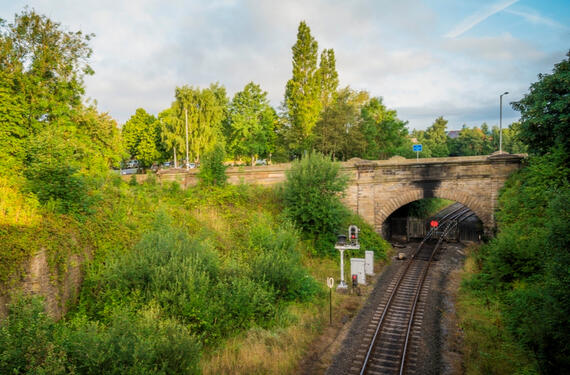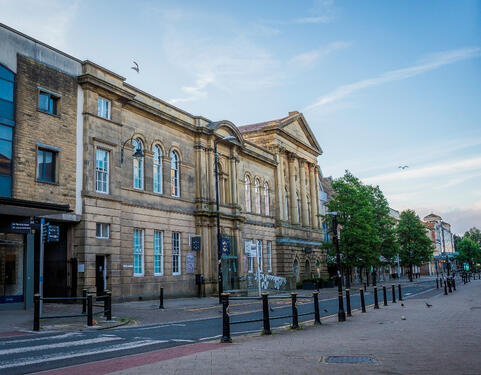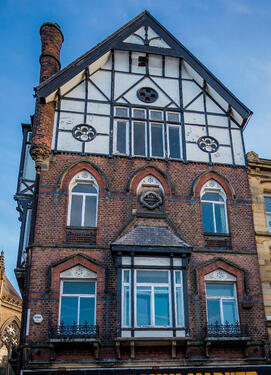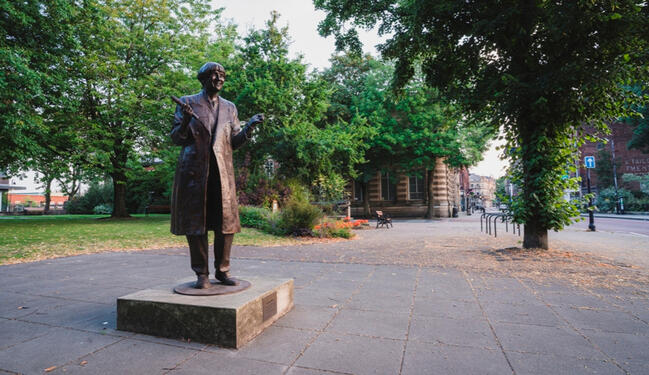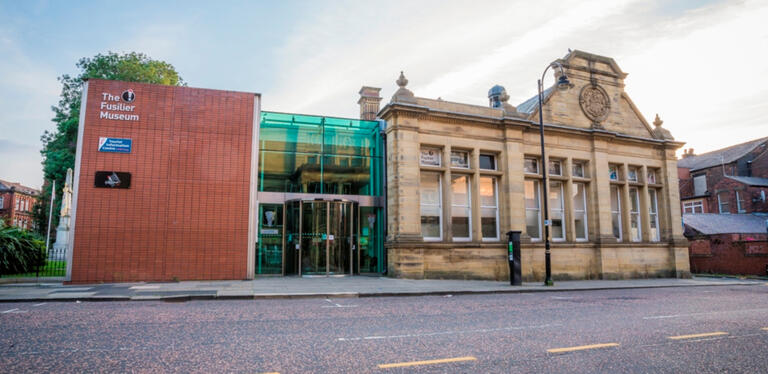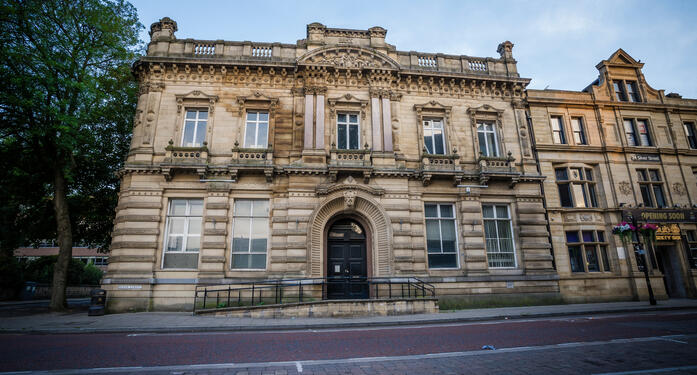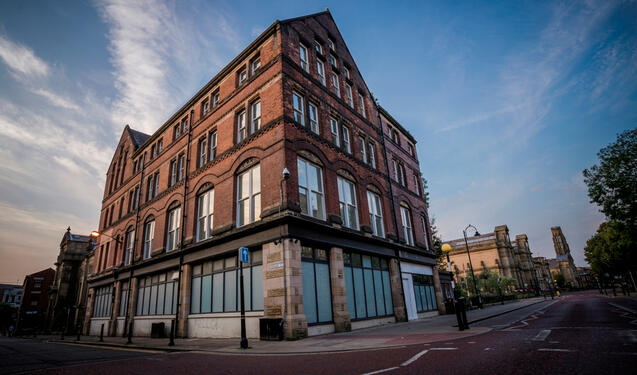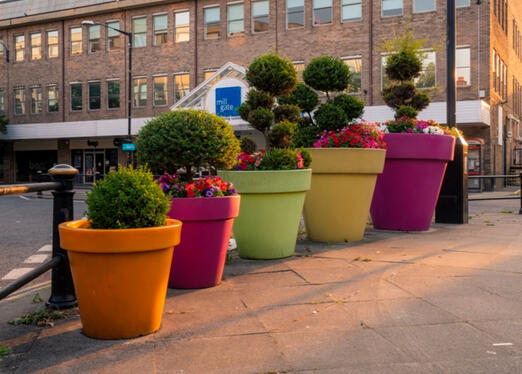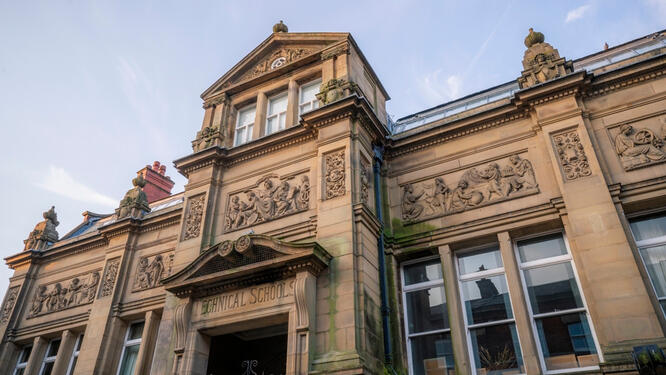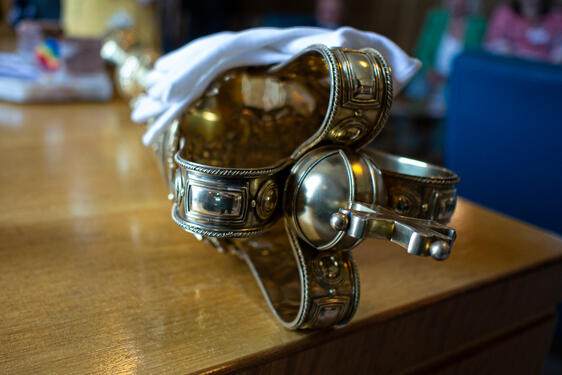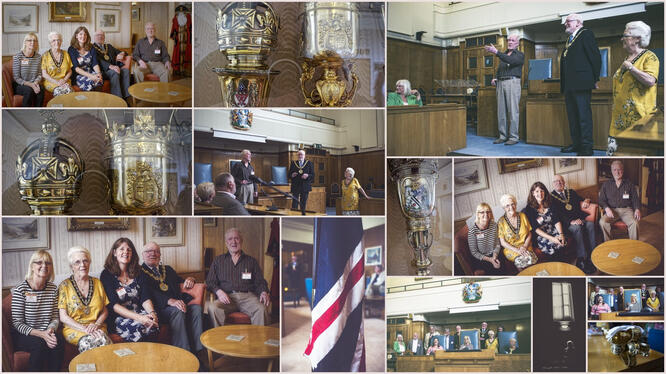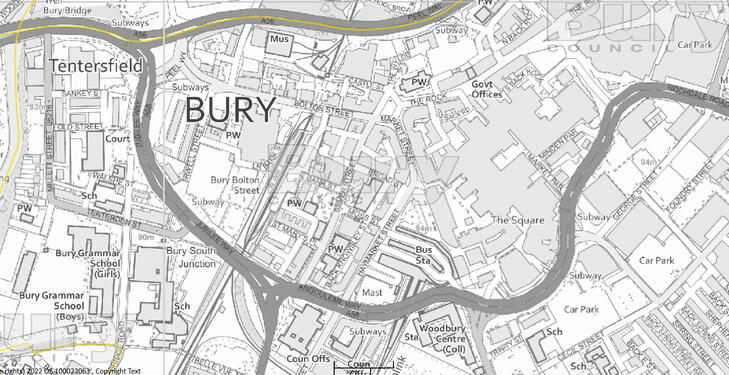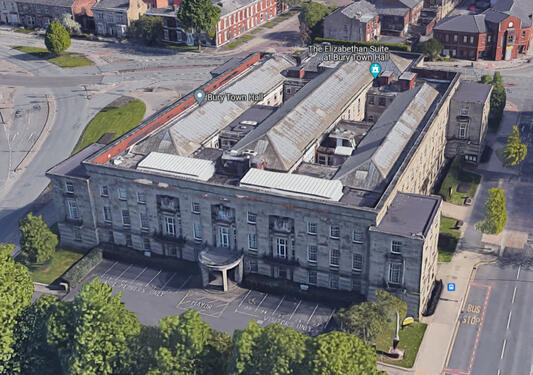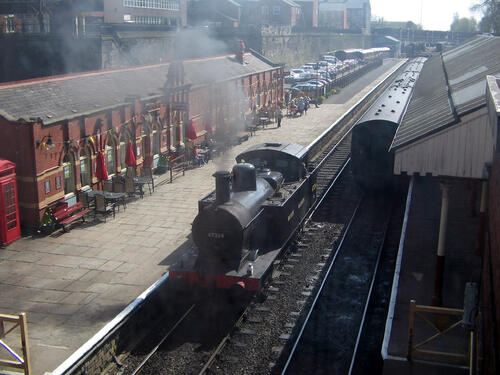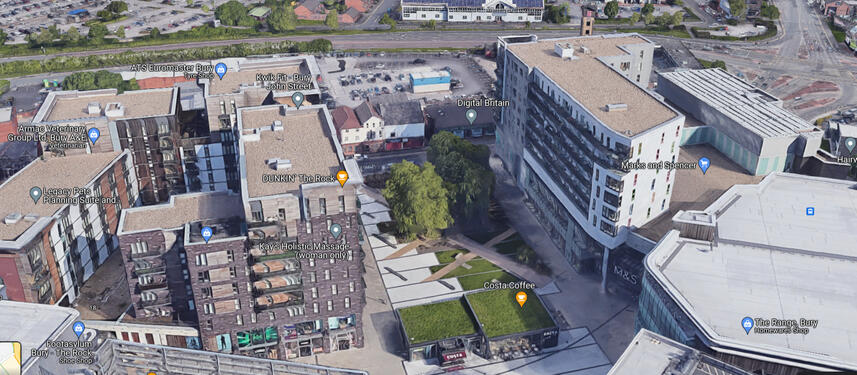

Historic walking Tours,
Debates & Discussions
in the market town of Bury

Founder, Chair, Guide
Councillor Trevor Holt
Deputy Mayor
Bury Council -Councillor Trevor Holt is the founder and chair of Bury Walks and Talks and serves as the Deputy Mayor of Bury Council. He is passionate about community service and local development, using his governance experience to promote well-being through nature-based activities. Trevor aims to create inclusive spaces for residents to engage in meaningful conversations while enjoying their surroundings. He believes that walking and talking enrich individual lives and strengthen the community, and he remains committed to fostering connections and advocating for a healthier, more connected Bury.
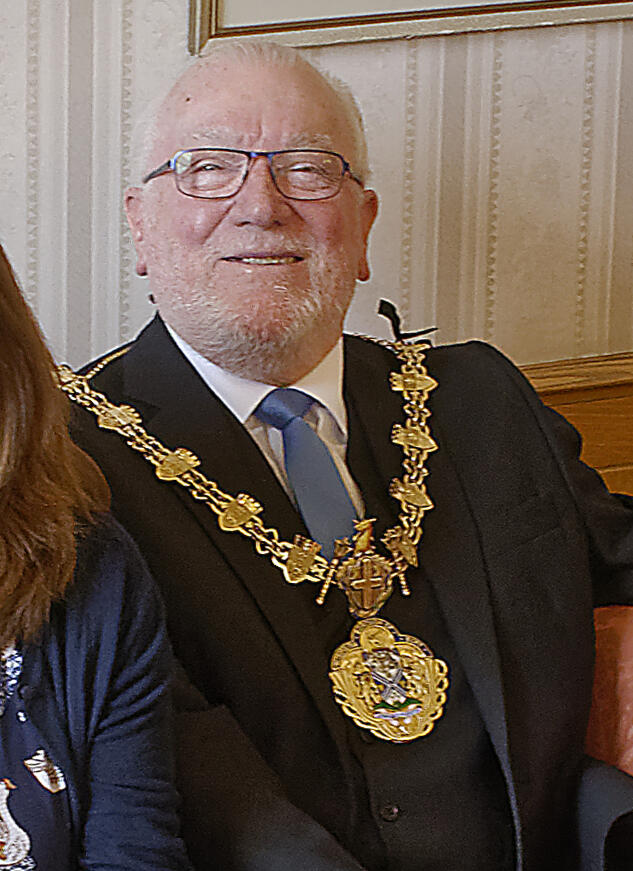
Founder, Vice Chair
Deborah Gregory –
BSc, CIM, PGCE -Deborah Gregory is the founder and vice chair of Bury Walks and Talks, leveraging her diverse skills and passion for community engagement. With a BSc, CIM qualification, and PGCE, she combines her educational and marketing experience to strengthen community connections. Deborah is committed to fostering inclusive walking and talking experiences that promote well-being, dialogue, and exploration of Bury's natural surroundings, aiming to empower individuals to share their stories and build lasting relationships.
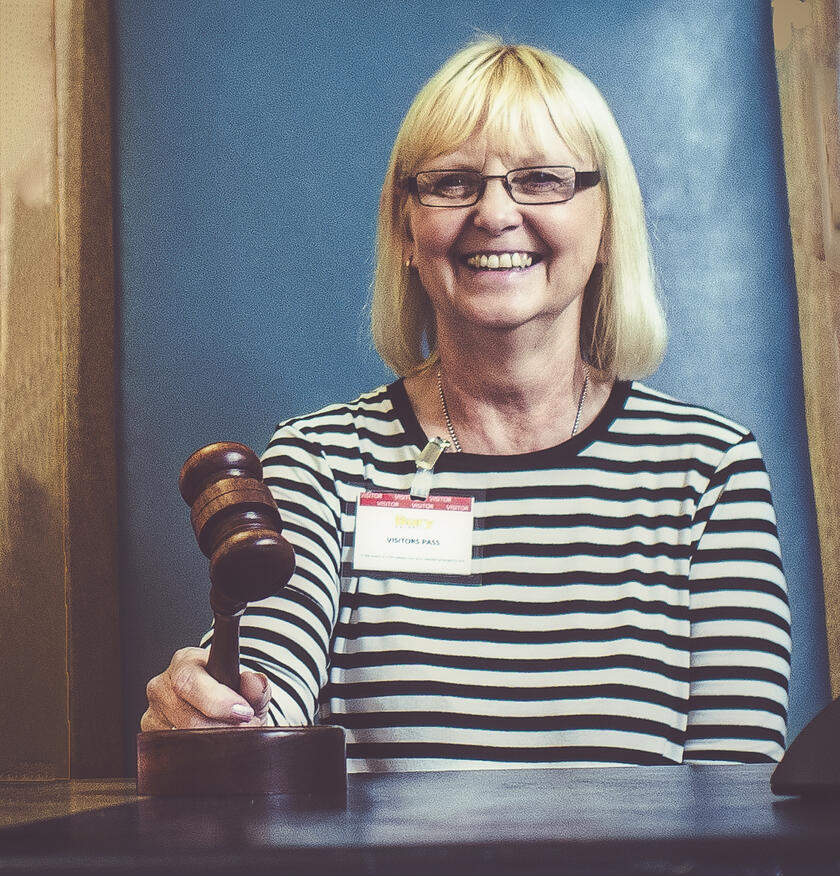
Board member
Janine Richardson -Janine Richardson is a board member of Bury Walks and Talks, bringing expertise in social work and community organizing. She is dedicated to creating inclusive environments and believes in the importance of nature and conversation for building community. Focused on mental health and outdoor activities, Janine strives to foster meaningful experiences that connect people from diverse backgrounds, ensuring Bury Walks and Talks is essential for personal growth and community engagement.
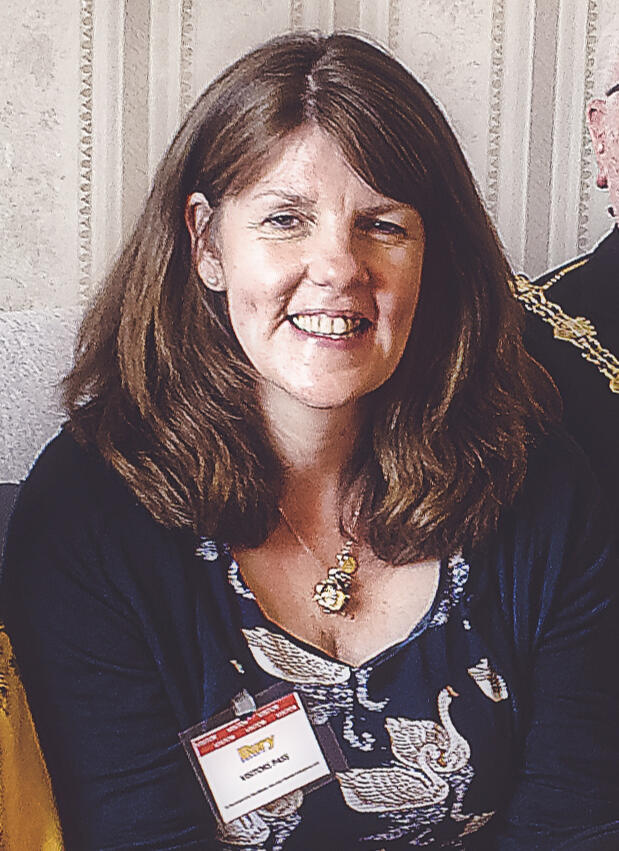

A Deeper Look into Bury's HistoryBury's history is a microcosm of northern England's transformation, from a rural market town to a powerhouse of the Industrial Revolution and a modern-day commuter hub. Let's delve into some of the key periods and influences that shaped the town.Pre-Industrial RootsBefore the industrial boom, Bury was a small but steady settlement. Its mention in the Domesday Book confirms its existence in the 11th century, a time when much of northern England was sparsely populated. For centuries, its economy was based on agriculture and the wool trade. The presence of a market charter, granted by a royal decree in 1251, cemented its role as a local trading centre. This was a place where farmers and craftsmen would gather to sell their goods, and it was this commercial spirit that laid the groundwork for future growth.The Rise of King CottonThe true turning point for Bury came in the 18th century with the arrival of the Industrial Revolution. While the town was not as large as nearby Manchester or Bolton, it became a crucial player in the textile industry. This was largely due to the ingenuity of John Kay, a Bury native whose invention of the Flying Shuttle in 1733 dramatically sped up the weaving process. This single innovation increased the demand for yarn and helped kick-start the factory system. By the 19th century, Bury was a classic mill town, with towering brick chimneys dominating the skyline and the River Irwell's water power being harnessed to drive countless looms. The textile industry didn't just create jobs; it built the town's infrastructure, from the terraced houses for workers to the grand municipal buildings that still stand today.20th Century Decline and RevivalAs the 20th century progressed, the industrial landscape changed. The British textile industry faced increasing competition from overseas, and by the mid-1900s, many of Bury's mills and factories had closed. This period saw a significant economic decline, with high unemployment and social challenges.However, the late 20th century marked a new chapter for Bury. The town's regeneration efforts have been successful in repurposing its heritage and improving connectivity. The opening of the East Lancashire Railway, a volunteer-run heritage line, not only preserves a piece of industrial history but also attracts tourists. More significantly, the expansion of the Manchester Metrolink in the 1990s re-established a direct and efficient link to Manchester city centre, positioning Bury as an attractive location for commuters. This has spurred a shift in the local economy from manufacturing to a focus on retail, services, and tourism.Today, Bury stands as a testament to its ability to adapt. While the smoke from the mill chimneys is long gone, the town's famous Bury Market continues to thrive, a modern-day echo of its centuries-old trading past. Get in touch!

Come and check out our latest tour.
Use our Contact page and book your place.
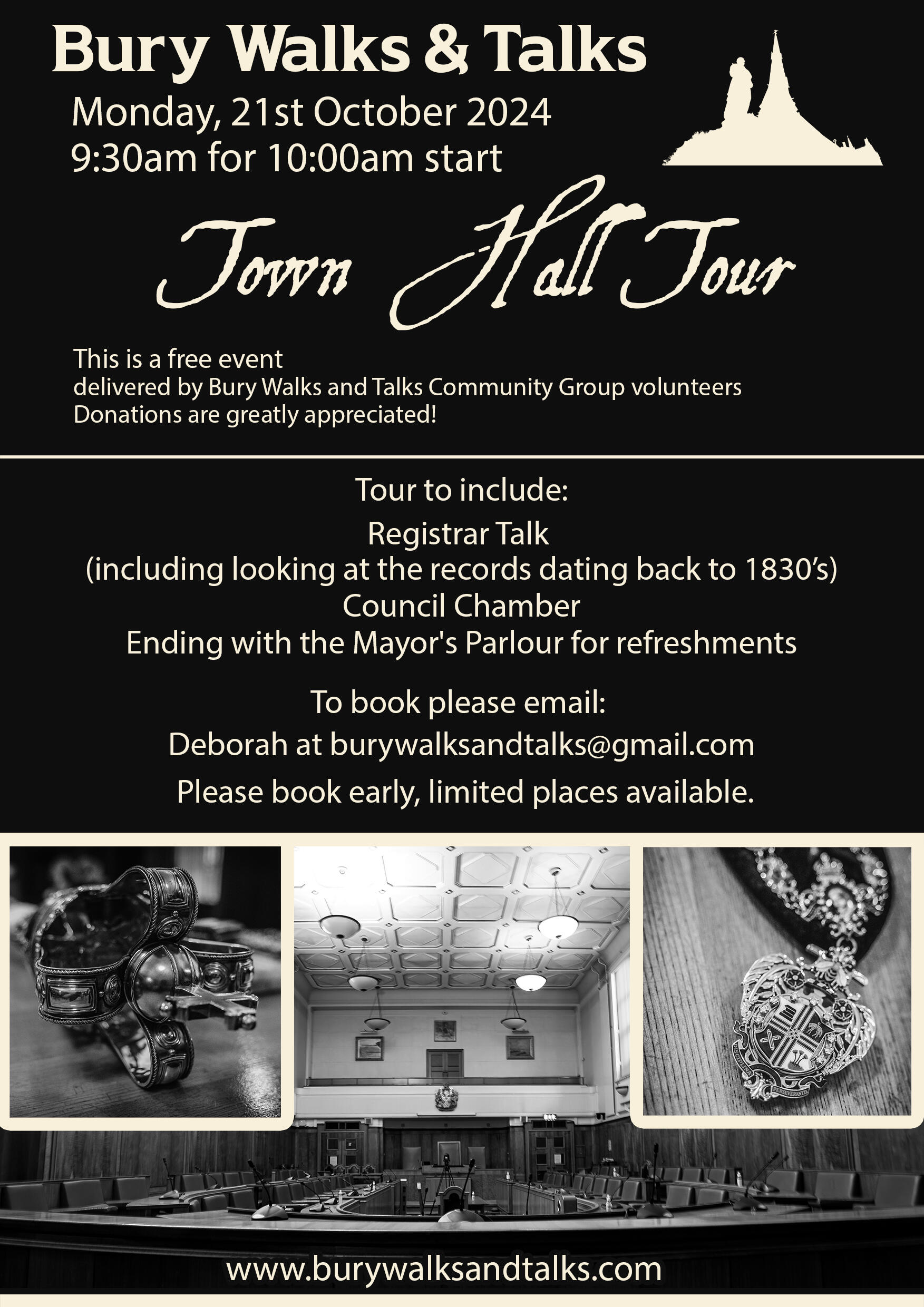


Welcome to our Photo Gallery showcasing the beautiful landmarks of Bury! We are excited to share with you stunning images of historical sites such as Bury Parish Church, Bury Castle and the famous Bury Town Hall. Take a virtual tour through our gallery and immerse yourself in the rich history and culture of our town. Whether you are a local resident or just visiting, we hope that these images will inspire you to explore and appreciate the beauty of Bury's landmarks. Enjoy browsing through our collection and come back often as we continue to add more photos to showcase our beloved town. Thank you for your interest and support!

Old Coat of Arms

Bury Coat of Arms

Peel monument and Parish Church

The Twin Tubs

Monument panorama

The Old White Lion

Kay Gardens

Victoria Wood
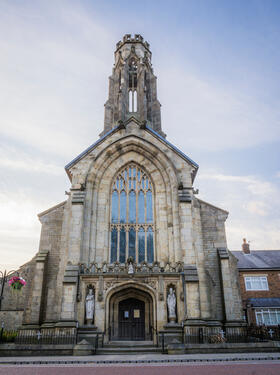
St Marie's RC Church

View from Gallipoli Garden
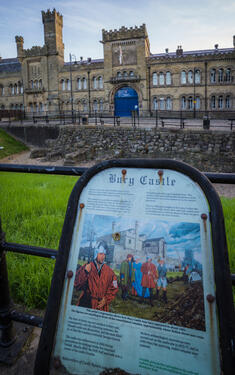
Bury Castle

Whitehead Clock Tower

The Trackside

East Lancs Railway

Rail Tracks in Bury

Royal Hotel

The MET Theatre

The Union Club

Silver St panorama

Our Victoria

Fusiliers Museum

Gallipoli Garden

The Old Bank

Old NHS Building

Daylight shrubbery!

Old Arts and Crafts Centre

Flag in Town Hall

The Mayors stuff!
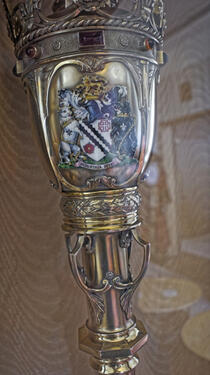
More Mayors Stuff!

In the Town Hall

Bury arial

Bury map

Town Hall arial view

Steam!

Old cobbled street

Bury Tiny Planet

Bury Old Graveyard site

Hey there! If you've enjoyed exploring the beauty of Bury on our Walks and Talks tours, we would greatly appreciate your support in keeping our website and admin up and running smoothly. Your donation will help us continue to provide informative and engaging tours for residents and visitors alike. Every contribution, no matter how big or small, makes a difference in preserving the history and charm of our wonderful town. Thank you for your generosity and for being a valued member of our community. Let's keep Bury thriving together!

Are you passionate about history and looking for a way to give back to your community? Consider volunteering with Bury Walks and Talks tours! Our organization offers guided tours of the historic town of Bury, showcasing its rich heritage and fascinating stories. As a volunteer, you'll have the opportunity to lead tours, share your knowledge with visitors, and help preserve the town's history for future generations. Our website is a hub of information for visitors, and our admin team works hard behind the scenes to ensure everything runs smoothly. Join us in celebrating Bury's past and making a difference in the community – we can't wait to welcome you aboard!

Need to get in touch with us at Bury Walks and Talks? We're here to help! Whether you're interested in joining one of our guided tours, volunteering, donating, have questions about our schedule, or just want to say hello, we'd love to hear from you. Feel free to reach out to us, and we'll get back to you as soon as possible. We can't wait to chat with you and help you explore all that Bury has to offer. Happy walking and talking!
